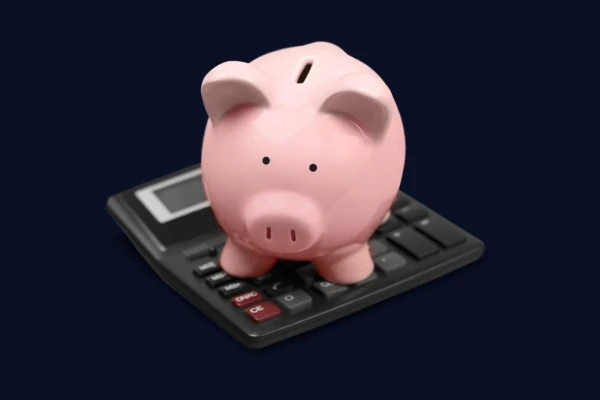Who Qualifies for Capital Allowances?
Most UK businesses can claim capital allowances, provided they pay tax on their profits and have invested in qualifying assets. This includes:
Limited Companies
Companies registered in the UK and paying Corporation Tax can claim capital allowances on eligible business assets. It’s one of the main ways companies reduce their taxable profits and manage cash flow.
Sole Traders and Partnerships
Self-employed individuals and business partnerships can also claim capital allowances through their Self Assessment tax return. The relief helps offset profits, reducing the amount of Income Tax due.
Property Owners and Landlords
If you own commercial property, you may be able to claim capital allowances on certain fixtures and integral features within the building like electrical systems or air conditioning as well as on equipment used for business purposes.
Specific Sectors and Situations
Some sectors may have additional allowances available, like Enhanced Capital Allowances (ECAs) for energy-efficient equipment (note: many ECAs have been phased out but some reliefs still exist for specific investments). Research & Development (R&D) claims can sometimes overlap with capital allowances too, so it’s worth seeking advice if your business invests heavily in innovation.
Exclusions to Keep in Mind
Not every cost qualifies. For example, land, buildings (except certain fixtures), and items bought for non-business use don’t attract capital allowances. Also, if you lease assets rather than own them, you usually can’t claim.










